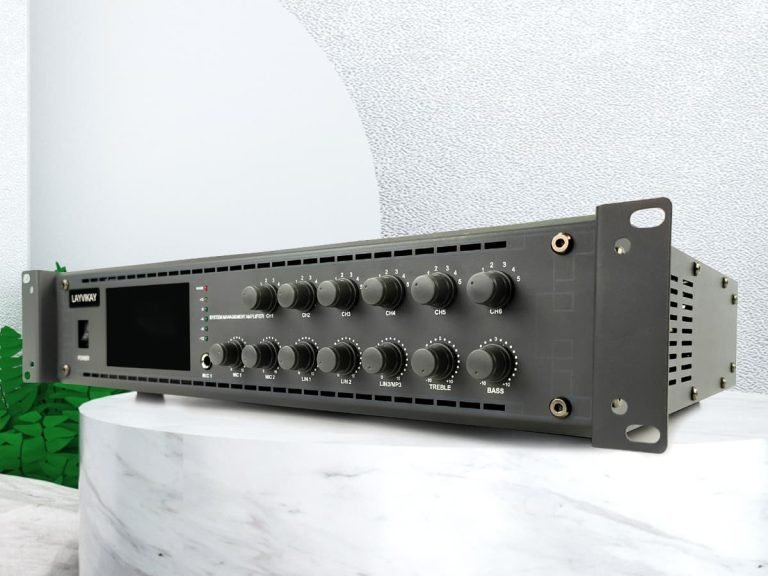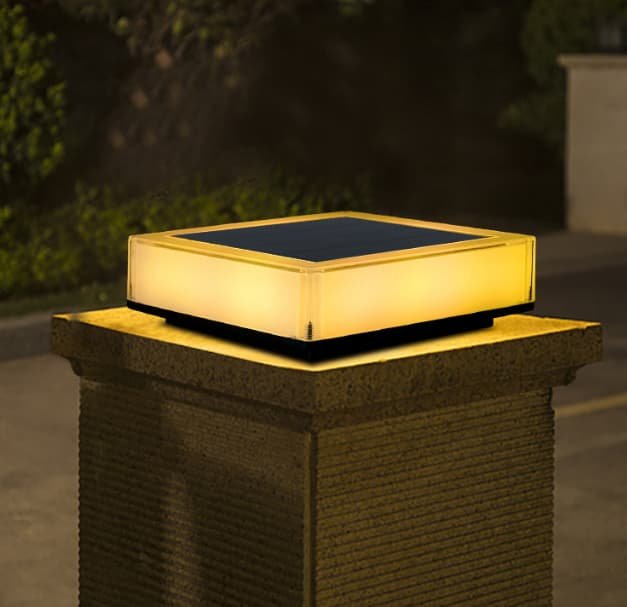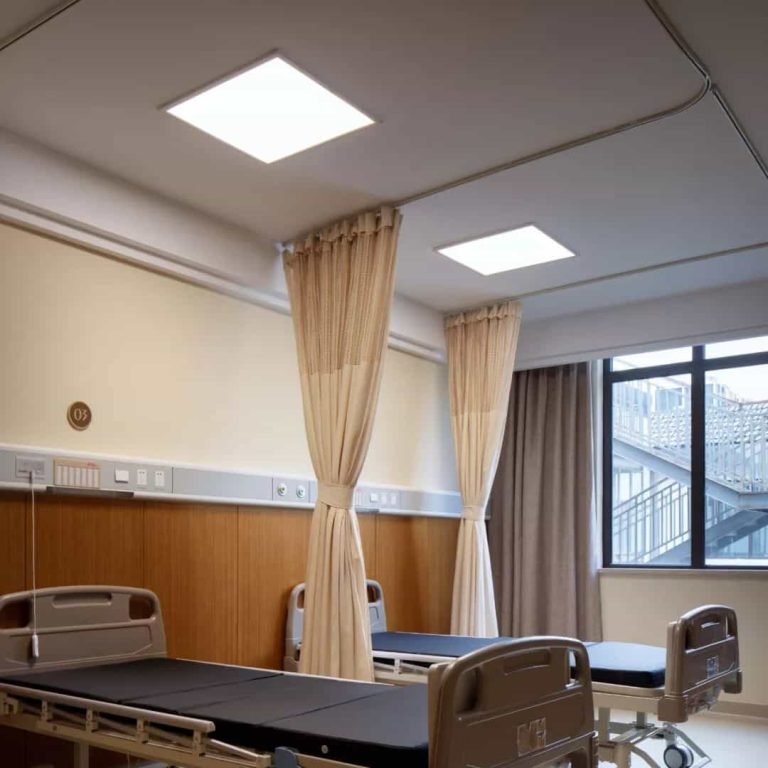Have you ever wondered why the batteries in solar lights require an overcharge and overdischarge protection feature? These safety measures aren’t merely decorative. They play a vital role in improving the battery’s lifespan, performance, and safety.
A fundamental aspect of battery design is to ensure they neither overcharge nor overdischarge. Neglecting this can not only decrease the battery’s lifespan but could also result in unforeseen damage.
When it comes to overcharge prevention, the implementation of a battery management system (BMS) is essential.This is very helpful for total lifetime of LED lights.
A competent BMS continuously monitors battery voltage levels. It intervenes when the voltage surpasses its pre-set level, thereby preventing further charging.
Overcharging often results in excessive heat. The inclusion of temperature indicators provides an extra layer of safety by helping identify potential overcharging situations.
The Battery Management System (BMS) automatically ends the charging process when it detects that the battery is fully charged, thus preventing overcharging.
Overdischarging can be just as damaging as overcharging. Batteries that are discharged below a certain level risk irreversible damage.
The BMS protects batteries from falling below critical levels by setting discharge limits.
A low-voltage cut-off circuit built into the BMS stops the discharge process when the battery’s voltage falls below set thresholds.
Overcharging occurs when a battery’s voltage surpasses its safe operating limit. This can result in an accumulation of excess heat, potentially causing venting, leaking, or, in the worst-case scenario, an explosion. Overcharge protection circuits are crucial to regulate this process, ensuring that the battery operates within its specific voltage range.
Overcharging occurs when a battery’s voltage exceeds its safe operating limit. It can lead to a build-up of excess heat, which may cause venting, leaking, or, worst-case scenario, an explosion. Overcharge protection circuits help regulate this process, ensuring the battery operates within its specified voltage range.
So clearly, using overcharge and overdischarge protection is vital to protect the battery and ensure optimal performance.

Solar street lights provide a diverse range of wattages, from a meager 5 watt to a whopping 100 watt or even higher.
So, should only specific-wattage solar lights have overcharge and overdischarge protection? No, certainly not! Regardless of wattage, all solar street lights need these protections to prevent potential battery damage and maintaining optimal functionality of the solar lighting system.
What happens when you skip this protection? Pretty simple—you are likely exposing your solar lights to potential damage which often leads to reduced efficiency and a shorter lifespan.
Li-ion batteries are preferred by many due to their high energy density, long lifespan, and exceptional performance, even in extreme temperatures. They are more expensive, but we believe that the investment is worthy due to the durability they provide.
For those seeking a budget-friendly and environmentally-friendly option, NiMH batteries are an excellent choice. However, if you live in an area with extremely high temperatures, it might be worth reconsidering this alternative or limiting its use to indoor solar lights.
Most importantly, regardless of the type of battery you choose, it’s crucial to consider features such as overcharge and overdischarge protection.

Network Audio Amplifier Guide Tips What is Network Amp? A Network Amp, aka IP-based audio amp or network audio amp, is an audio device that merges the functions of an…

A Comprehensive Guide to the 12V LED Panel Light Introduction When it comes to energy-efficient and versatile lighting solutions, the 12V LED panel light is an excellent choice. This type…

What is a Good Solar Panel for Solar Light? Solar light is fast becoming a preferred ambient lighting solution for many households worldwide. As its eco-friendly nature and cost-saving benefits….

Solar Pillar Lights Purchase Guide Solar pillar lights are a popular and eco-friendly lighting solution for outdoor spaces, providing illumination and enhancing the aesthetics of pathways, driveways, gardens, and other…

All Need to Know About Lifespan in Your LED Lighting Projects LED lighting has become mainstream in a variety of lighting applications due to its high energy efficiency and environmental…

LED Panel Lights: The Preferred Solution for Hospital Lighting The right hospital lighting design plays a crucial role in providing visibility, enhancing color rendering, minimizing glare, promoting patient well-being, and…